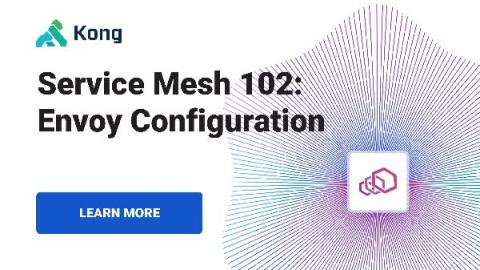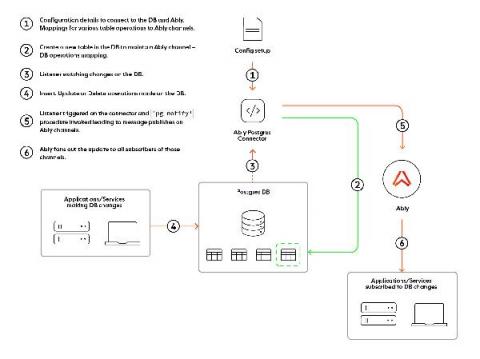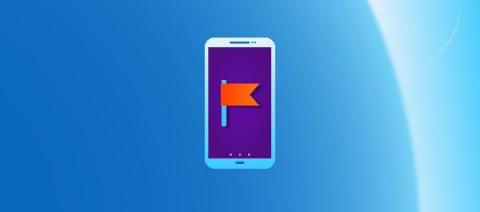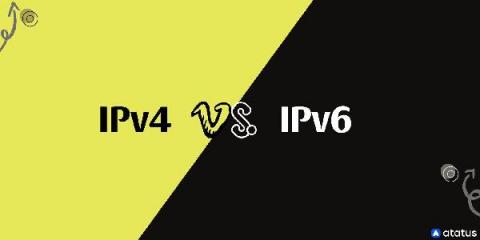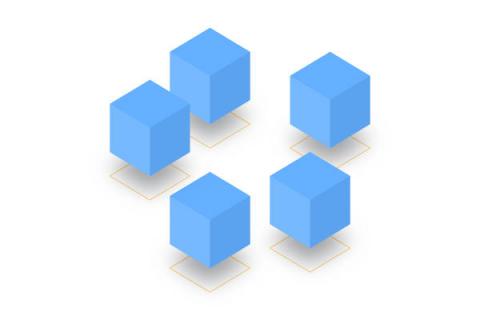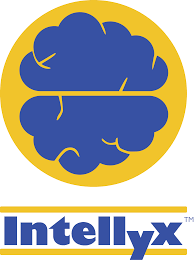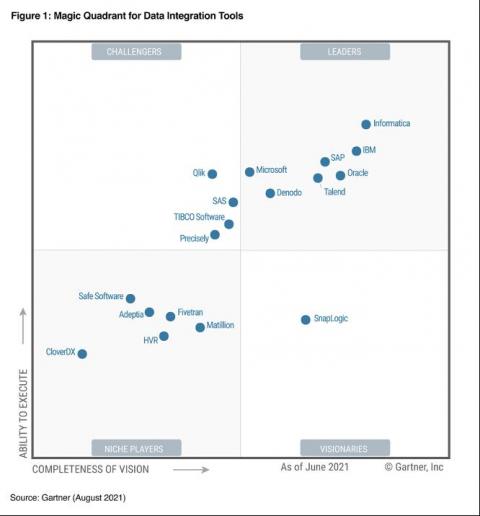Automated web testing - some strategies to achieve ROI?
Automated web testing is not a new concept today. With advancements in web development technologies and how complex web codes are written today, web testing was bound to walk this way sooner or later. The problem with adopting automation is that it is not like a Netflix subscription that we can pay and enjoy cloud services. Climbing the automated web testing ladder requires planning, careful execution, and a workforce that is familiar with all the intricacies.



